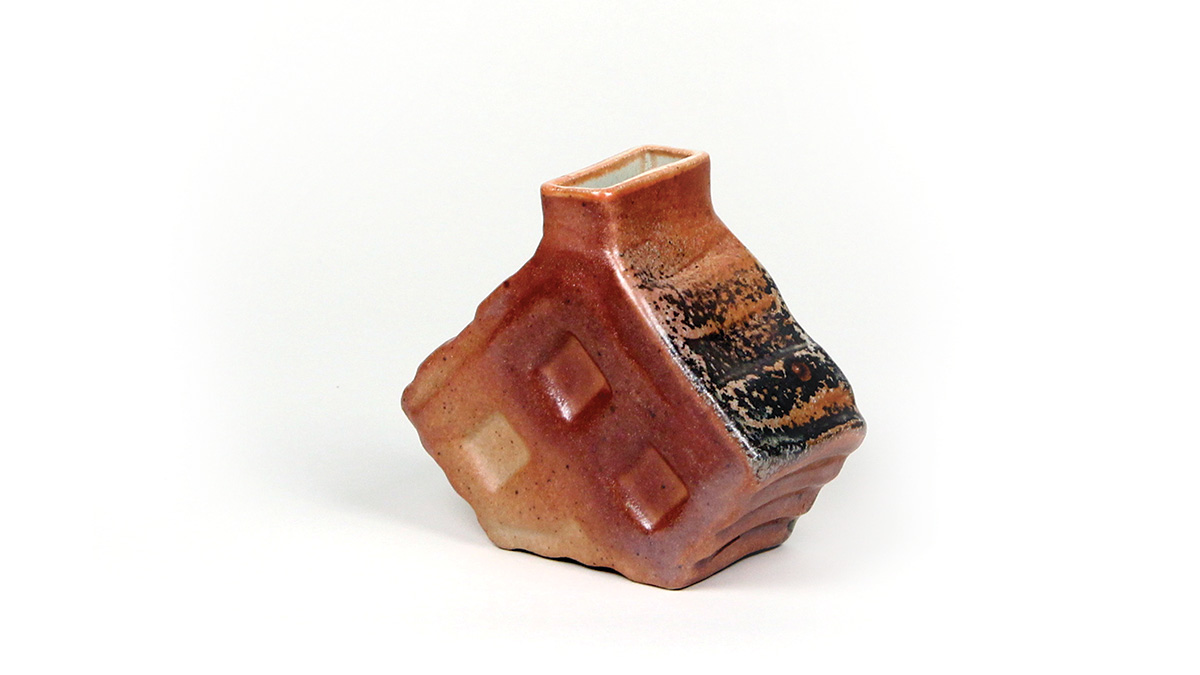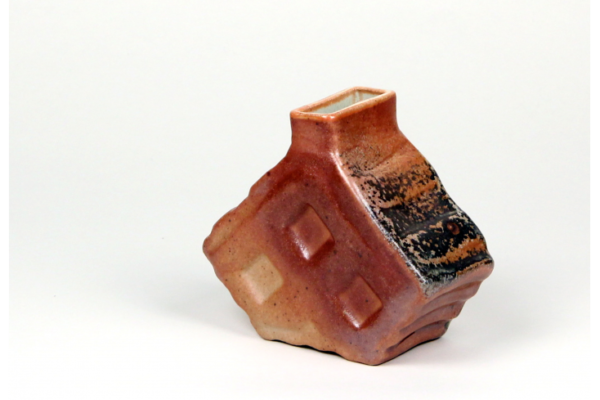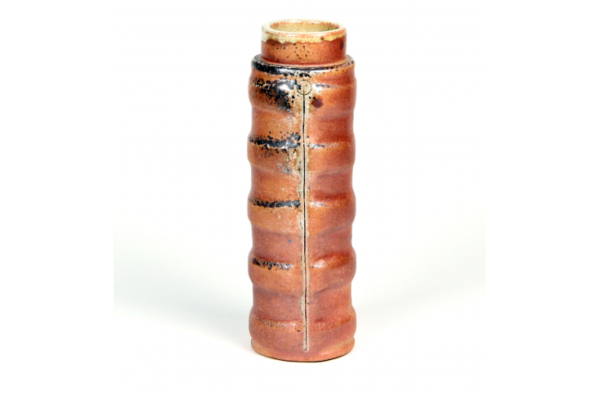Event Navigation
Amber Zuber
The Gardiner Museum brings together people of all ages and backgrounds through the shared values of creativity, wonder, and community that clay and ceramic traditions inspire.

- This event has passed.
Amber Zuber
January 9, 2014 - March 2, 2014

Amber Zuber (b. 1973) has a BA in History from McMaster University. She studied Ceramics at Sheridan College, School of Craft & Design (2010-2013), and completed a Summer Assistant Residency at Peters Valley Craft Centre in 2012. In her final year at Sheridan, she was honoured with two graduate exhibition awards for Best in Show: The Gardiner Museum Award (Ceramics) and The Ottenmiller Graduate Exhibition Award (Craft & Design). Since June 2013, she has been an artist-in-residence at Harbourfront Centre.
Artist Statement
My work engages with concepts of identity. Through the making of objects that elicit memory, whether experienced or imagined, my work is an investigation of the self and of our attachments. Interpreting my surroundings in order to re-examine and re-invent, My Canadian Landscape is a wood-fired series that looked to my city block as a muse— the visual identity of Toronto that lies in front, above and below me. The city manhole covers were my texture and the buildings my form. Using wood to fuel the kiln, the clay was deliberately left bare in order to allow the natural effects of the flame and ash to adorn the surfaces. I appreciate the mundane textures and forms of the everyday and these vessels serve as trace souvenirs of my immediate surroundings.



